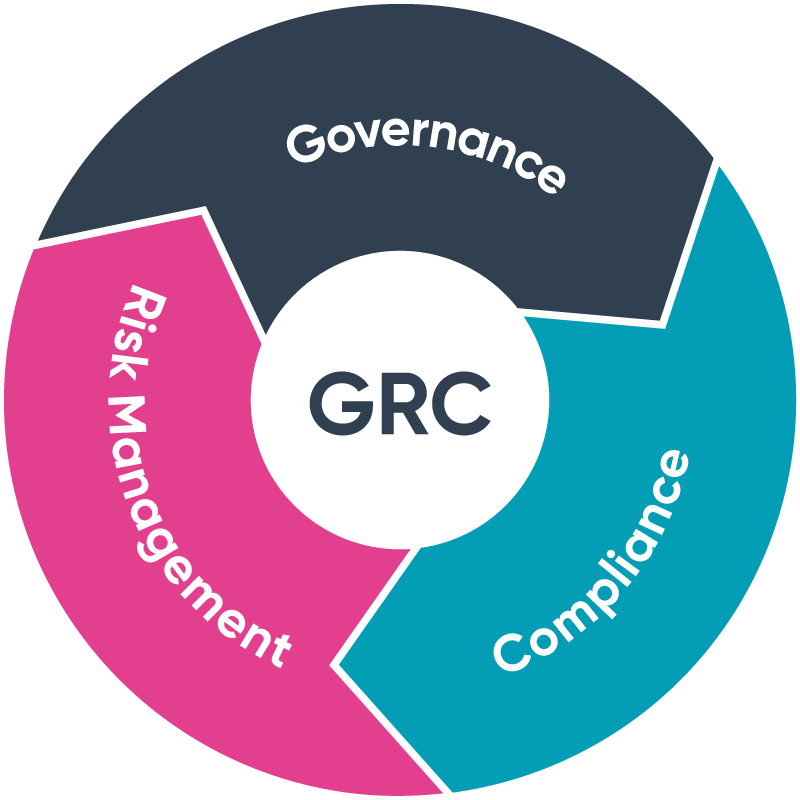What is a Governance, Risk and Compliance (GRC) culture?
Before adopting new technologies, companies must train their teams and stabilize its corporate governance, the risk management and compliance. This must become a culture for all areas of the company.
It would not make sense to reinforce corporate governance, risk management and regulatory compliance just to comply with legal requirements if there is no organizational culture that aligns these three aspects to have balance in the organization and give value to the interior and exterior of the company, that is say it benefits both teams and users.
For that reason, companies are adopting a new model: Governance, Risk and Compliance (GRC) , key to making better decisions, mitigating threats, achieving company objectives and aligning the company with its strategy to centralize information, have convergence , transparency, internal control, audit and investigation.
An organizational culture represents articulating all the areas of the organization in data management, business decisions and the fulfillment of objectives; That culture helps prevent mistakes and fraud before they damage the good name of the company or, worse, lead to bankruptcy.
What is the Governance, Risk and Compliance Model for?
The Governance, Risk and Compliance model not only allows the organization to meet its objectives but also to reduce uncertainty, optimize resources and team capabilities; as well as aligning, executing and constantly examining the organization, facilitating in turn cooperation, coordination and collaboration between the different teams of the organization.
This model implies optimizing the governance, management and insurance of the performance, risk, compliance and control through the improvement of internal resources and capacities: processes, technology, information and organization.
“According to the methodology called GRCMaX, GRC is made up of four perspectives: 1. Principle-based performance, 2. Business architecture, 3. Assurance approach, and 4. Scope. With these perspectives, GRC meets the path to establish what an organization wants to achieve, with what capabilities, what is the level of maturity required and at what level of the organization it wants to achieve it (global, departmental or processes).
For there to be alignment and positive results, Governance, Risk and Compliance should not be isolated structures, on the contrary, integrity should be in consolidating information and a 360° vision in administration, risk management, internal control and compliance.
Likewise, an organizational culture in which there is ethics and transparency, a business climate that promotes trust, integrity, responsibility and good practices contributes to having a culture of Governance, Risk and Compliance that is aligned with the strategic objectives of the business.


Recent Comments